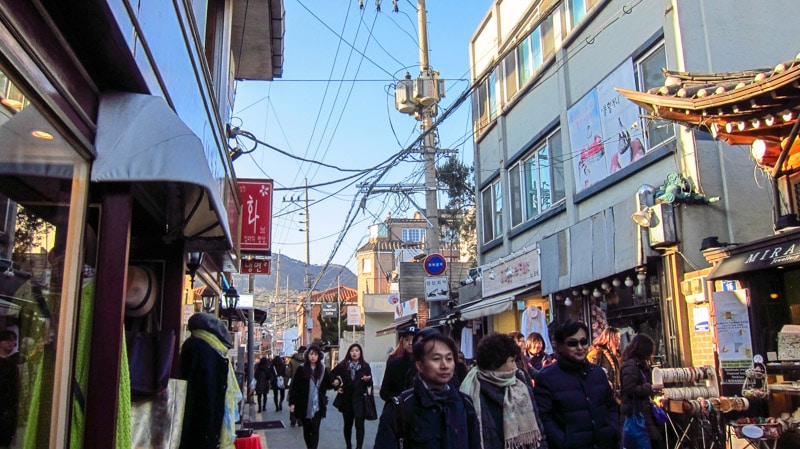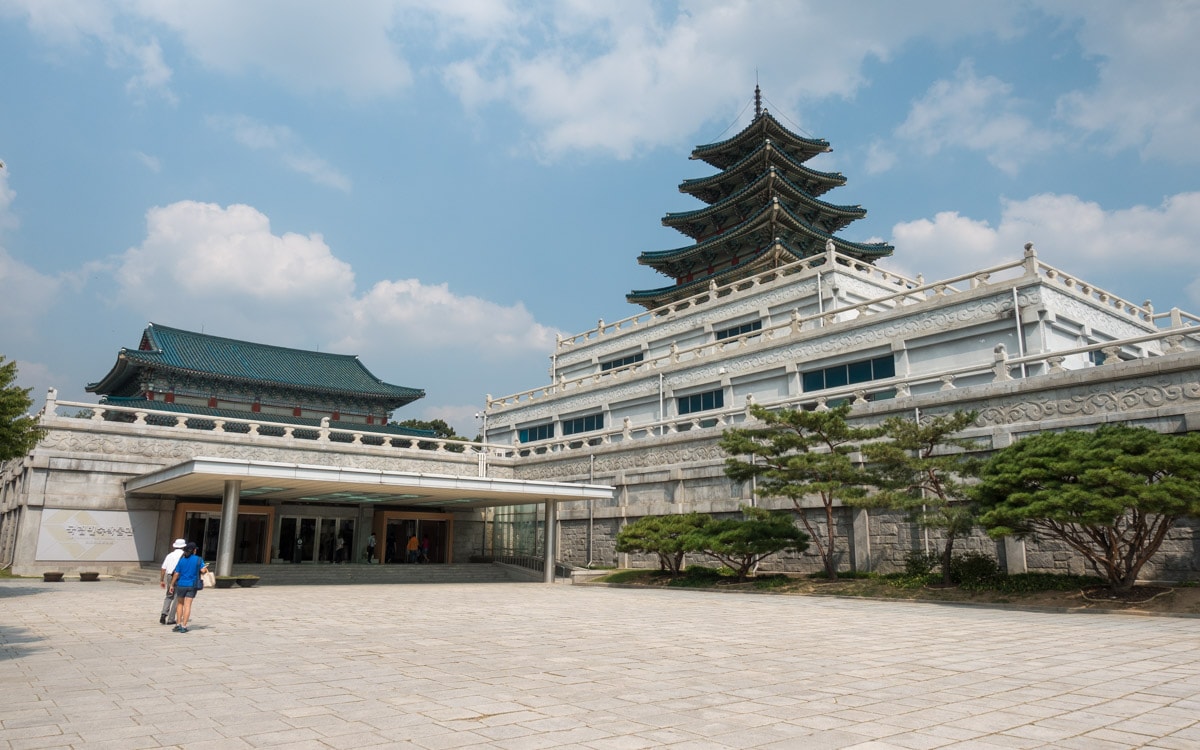
Admission is free with Gyeongbokgung Palace ticket.
There is a free museum tour at 10:30 and 14:30 in front of Exhibition Hall 1.
Closed on Tuesdays.
The National Folk Museum of Korea is a museum on the grounds of Gyeongbokgung Palace, not to be confused with the nearby National Palace Museum of Korea which is also found on the palace grounds.
The museum dates back to April 25, 1946. In 1975, the museum moved to the grounds of Gyeongbokgung Palace.
The museum moved to its current location on February 17, 1993. Today, it features over 4,000 artifacts on display which immerse visitors in the rich history.
Exhibits at this museum show the visitor how everyday citizens lived both past and present including the lifestyles and traditions of everyday Korean people during a time when the country was mainly agricultural.
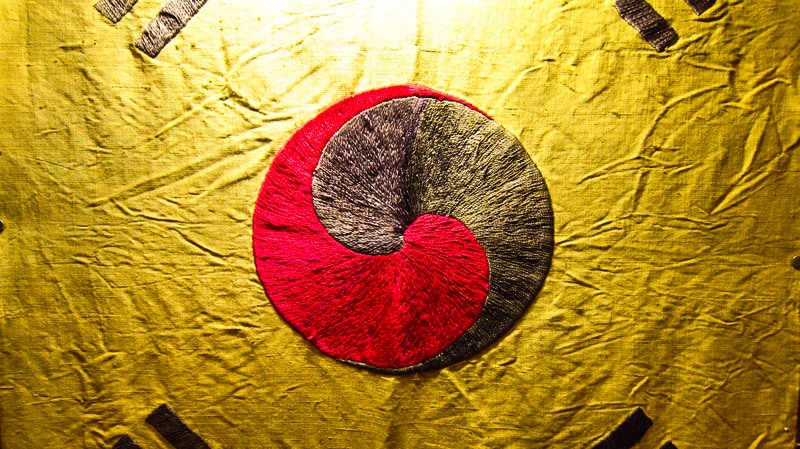
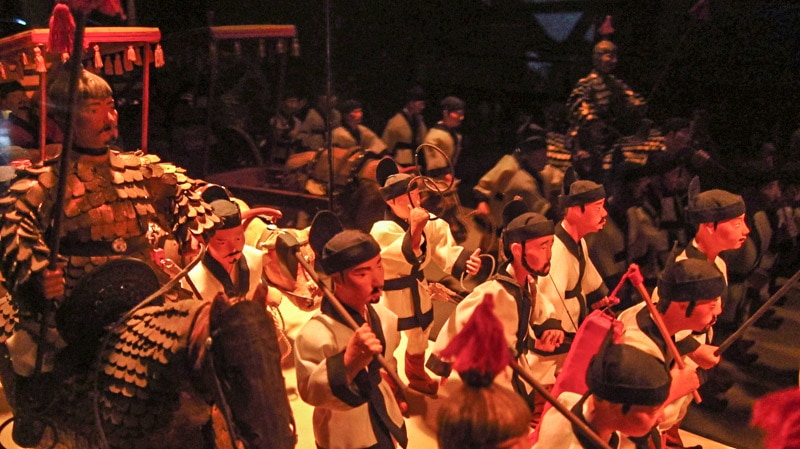
The museum features three permanent exhibits along with two special exhibits, an open air exhibition and a children’s museum.
Exhibition Hall I : History of Korean People
This hall displays both cultural and historical exhibits from the daily lives of the people. Visitors can learn about how technology and the spread of knowledge was used to evolve from the Paleolithic Age into the advanced country that it is today.
Exhibition Hall II : The Korean Way of Life
Visitors here can learn about the daily agriculture lives including how farmers prepared for each season and how they learned to use farming and harvesting tools, along with irrigation systems, to produce plentiful harvests that helped feed the country.
Exhibition Hall III : Life Cycle of Koreans
This hall traces the life of an upper class citizens from birth to death, including birthdays, education, marriage, families, and careers.
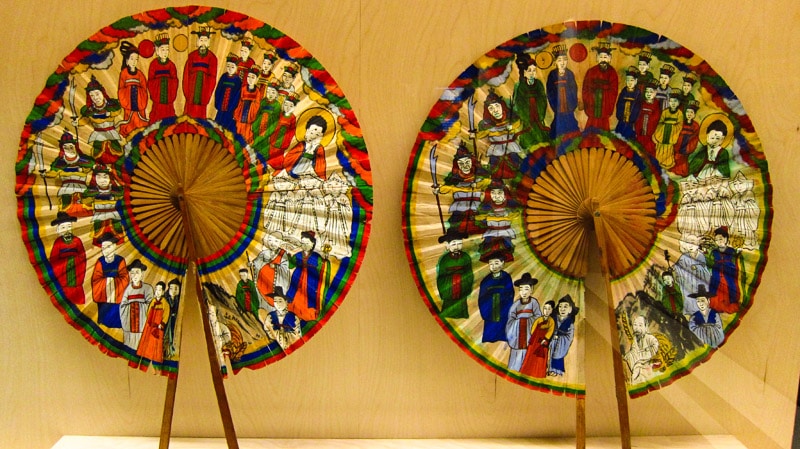
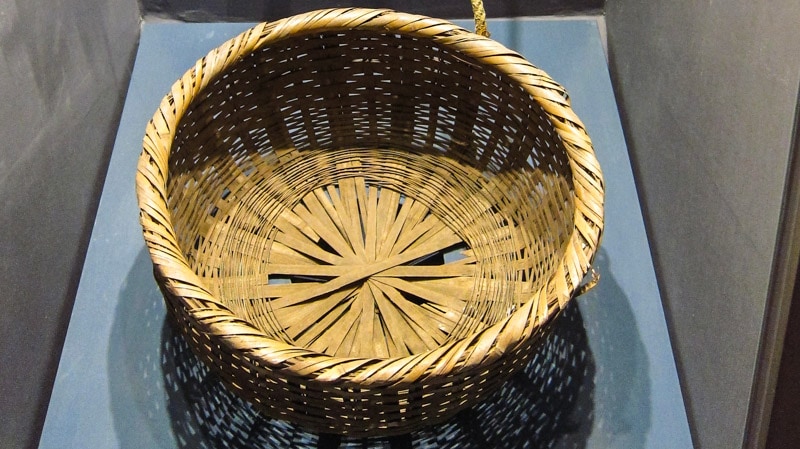
Open-Air Exhibition
On display in the open-Air exhibition is a Korean totem pole that was said to protect villagers, basalt statues from Jeju Island, a grinding mill, stone figures of civil and military officials, and a memorial pavilion.
Traditional Village : A Street to the Past
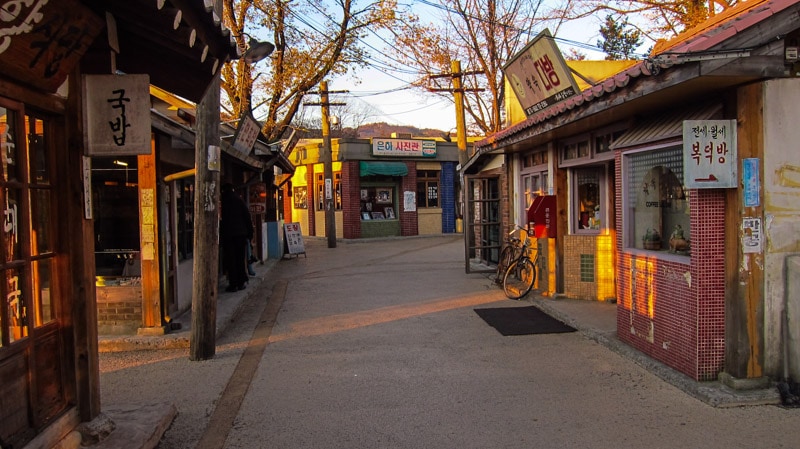
This part of the museum takes the visitor back in time to the late 19th century when a new modern culture was arriving in Korea. This replica of a street in a traditional village recreates what life was like at a time when electricity was first made available. Present here is a streetcar and hanok style buildings and stores for dry goods, herbs and medicine, bamboo goods, and a hat shop.
There is also a replica of a print shop that was used by newspaper and publishing companies from the 1930s to 1970s.
Children’s Museum
This part of the museum teaches both parents and children about the life, values, and wisdom of a traditional tale known as simcheong.
National Folk Museum of Korea Information
Hours
March-April : 9:00-18:00
May-August (Weekdays) : 9:00-18:00
May-August (Weekends) : 9:00-19:00
September-October : 9:00-18:00
November-February : 9:00-17:00
Last admission 1 hour before closing time.
Free guided tours in English are available at 10:30 and 14:30. Tours start in front of Exhibition Hall 1.
Closed on Tuesdays
Admission
Free with Gyeongbokgung Palace ticket.
How to Get Here
The National Folk Museum of Korea is located at the northeast corner of Gyeongbokgung Palace. Option 1 Take Subway Line 3 to Gyeongbokgung Station (Exit 5). Option 2 Take Subway Line 5 to Gwanghwamun Station (Exit 2).
Map
Nearby Sights
Bukchon Hanok Village
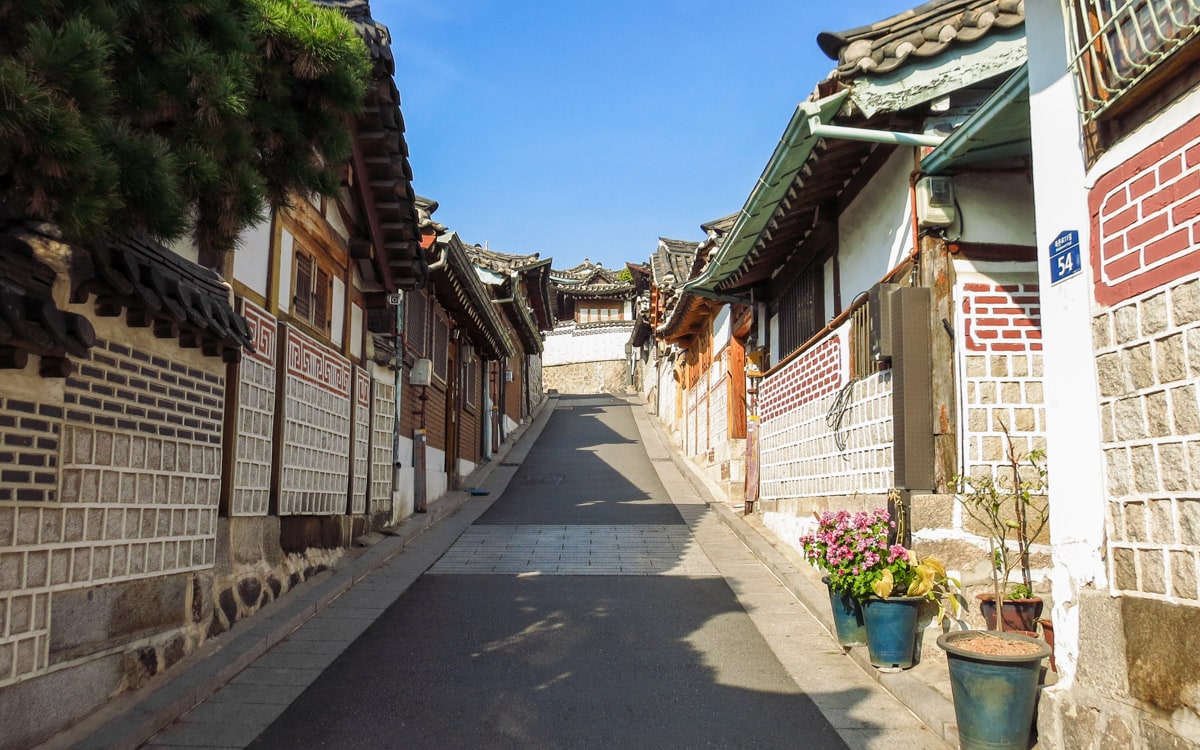
Bukchon Hanok Village is a historic village dating back almost 600 years to the Joseon Dynasty which features hanok or Korean traditional houses. Bukchon means "northern village." The quaint residential village lies in a hilly neighborhood north of Cheonggyecheon Stream and between two royal palaces, Gyeongbokgung Palace, Changdeokgung Palace.
Gyeongbokgung Palace
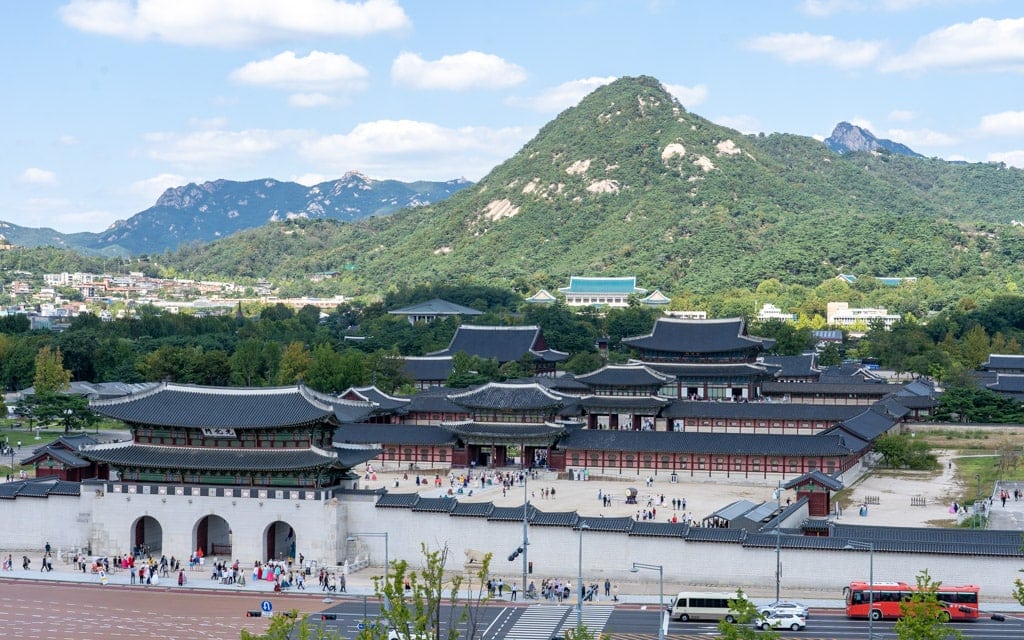
Gyeongbokgung Palace, located north of Gwanghwamun Square, is one of the most iconic sights in all of Korea thanks to its long and storied history. Construction on Gyeongbokgung Palace was completed in 1395 at the beginning of the Joseon Dynasty during the reign of King Taejo. Gyeongbokgung, which means "palace greatly blessed by Heaven," was built in the heart of Seoul surrounded by Mount Bugaksan and Mount Namsan.
Baek In-je House Museum
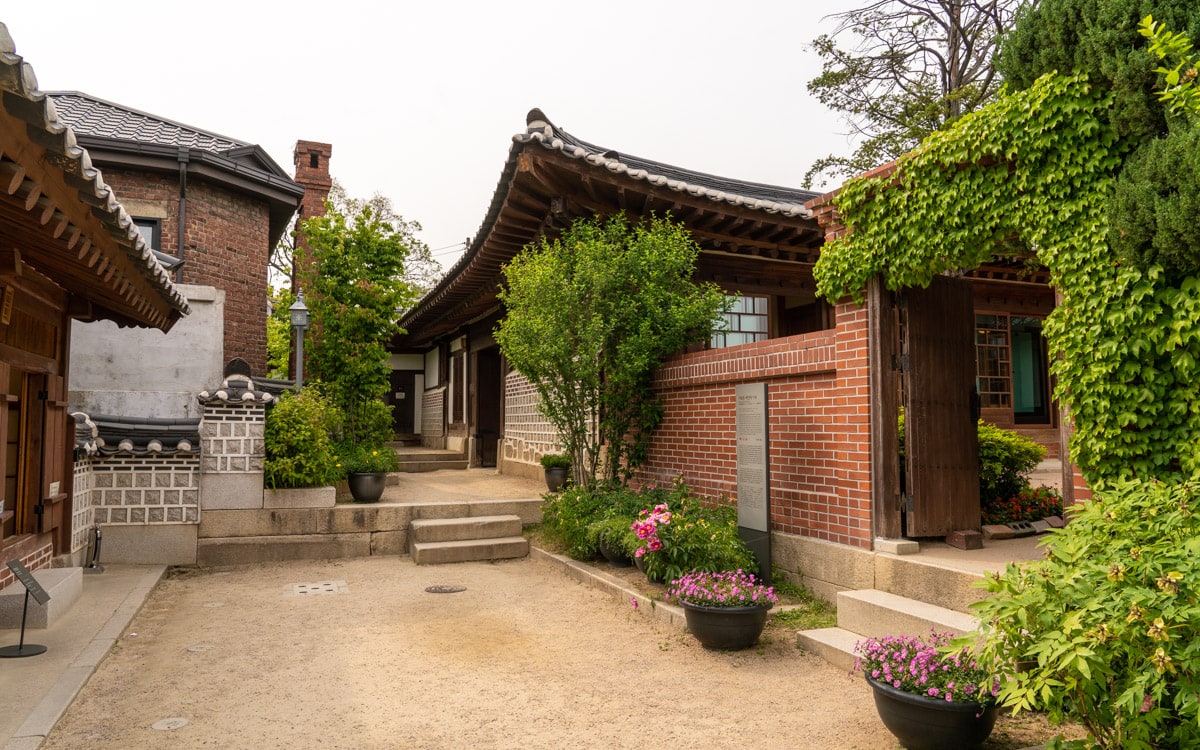
Baek In-je House Museum is a museum and cultural heritage site located in the Gahoe-dong neighborhood of Bukchon Hanok Village. Dating back over 100 years, the house is one of the finest examples of a modern hanok (traditional Korean house) from the period. Though built using traditional styles, the house uses modern techniques of the time including glass windows, doors, and red bricks.
Samcheong-dong
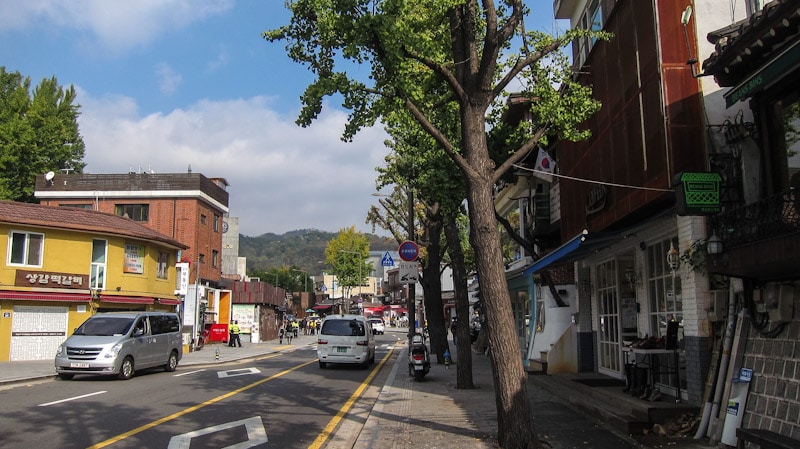
Samcheongdong is a trendy and upscale neighborhood of Seoul that lies in a scenic area just east of Gyeongbokgung Palace and Cheong Wa Dae (Blue House). This youthful neighborhood is named after the clean and beautiful water, mountains, and residents in the area.
Cheong Wa Dae (Blue House)
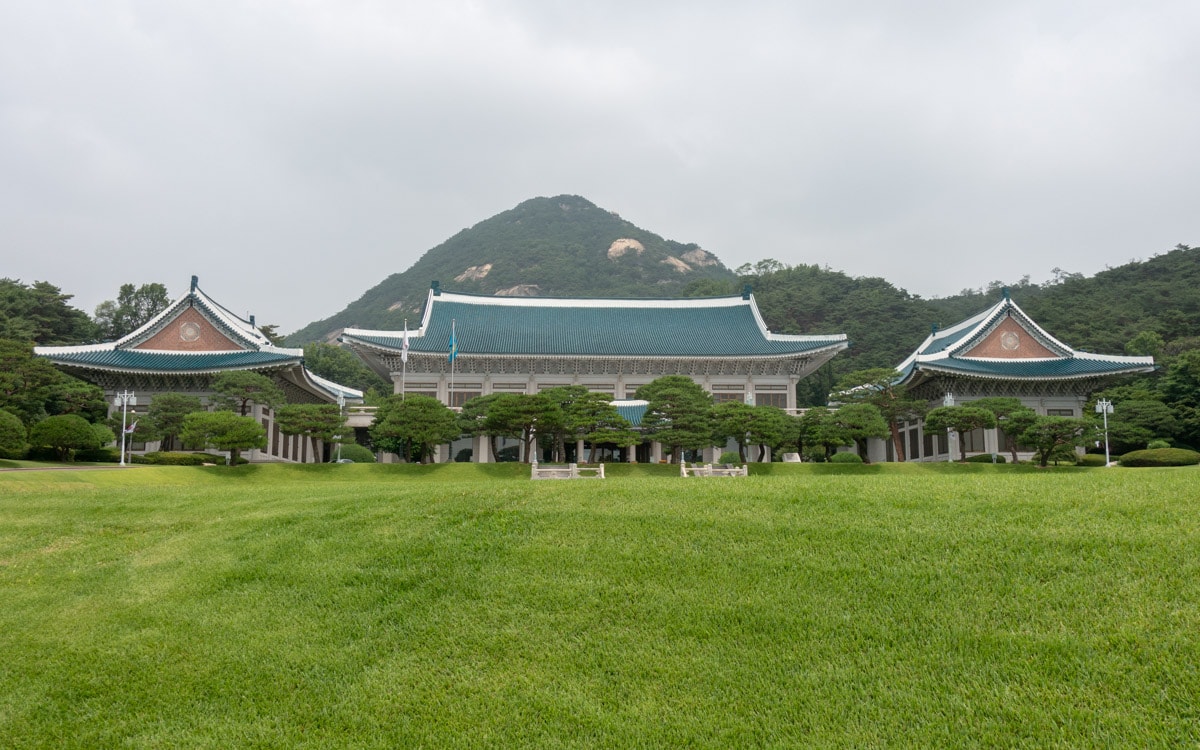
Cheong Wa Dae, or Blue House, is the official residence of the President of the Republic of Korea. It was built with traditional Korean architectural styles. The name comes from the translation of Cheong Wa Dae which means "pavilion of blue tiles."
Additional Resources
Viator by TripAdvisor
Viator is a popular online platform that helps travelers book tours, activities, and unique experiences worldwide, including in Seoul. It connects users with a wide selection of options – from sightseeing tours to cultural events and outdoor adventures – all offered by local providers.
Book Recommendations
For an immersive guide to Seoul, many travelers choose to bring a book along. Fodor's Seoul, for example, offers detailed recommendations on sights, restaurants, maps, and travel tips.
Learn more about book recommendations
Rakuten
Save money while exploring Seoul with Rakuten's cashback program. Book your hotels or other services through Rakuten and enjoy cashback rewards and exclusive deals.
If you sign up using the link below, you could earn $30 cashback on your first purchase over $30.
Klook
Klook offers discounted tickets and reservations for various attractions and services in Seoul, from theme parks and museums to tours and transportation options.
If you sign up using the link below, you will get $5 off your first order.
Last Updated on Oct 21, 2023
